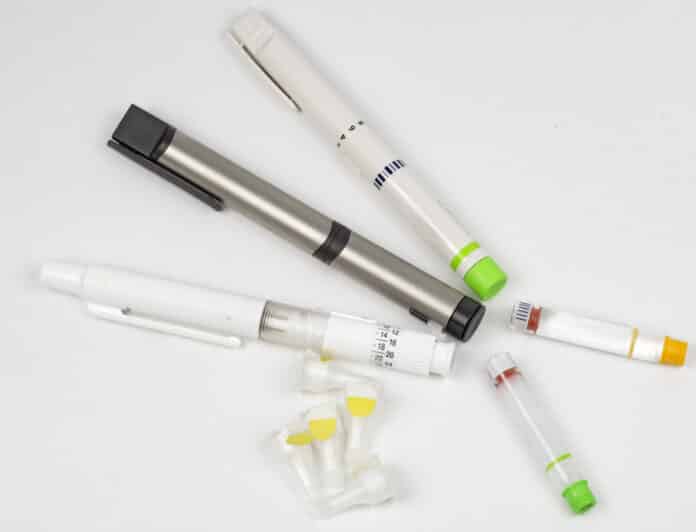With today’s fast-paced life, high workload, and stressful environment, chronic lifestyle ailments like Abnormal Blood Pressure, Hypo/Hyperthyroidism, and Diabetes have become commonplace, especially in people past their midlife. In such scenarios, it is essential to know how to prevent these diseases; it is also imperative to know what procedures to adopt if someone in the family suffers.
Diabetes is probably the most common out of these diseases, and even out of the two kinds of diabetes – insipidus & Mellitus – the latter is far more prevalent. Diabetes mellitus results from the body’s inability to secrete enough insulin to eliminate excess glucose (sugar); therefore, a higher concentration of sugar gets assembled in the body resulting in various physiological problems.
Patients suffering from Diabetes Mellitus overcome these problems by taking insulin artificially, mostly in insulin injections. But common as they may be, insulin injections need to be handled very carefully, significantly when changing their needle. Let us discuss the safest and easiest way to change an Insulin Pen Needle.
Before telling you how to change an insulin pen needle, there are some facts you need to know.
- The insulin pen allows you to give an injection/shot.
- Its shape is akin to a fountain pen (a larger one).
- You can either buy a reusable one or a disposable insulin pen.
- Disposable pens are already filled with the shot of insulin. All you have to do is inject it.
- Buying a reusable insulin pen is an affordable and convenient option.
- No matter which pen you use, you are supposed to attach a new needle to the injection.
- Keep it at room temperature and in a secure space.
- The insulin pen should never be kept under the sun or in a high-temperature area.
- Every insulin pen has an outer shield, a colored peel tab, and an inner shield. Then, it has a needle.
An Easy Way To Change Insulin Pen Needle
- First and foremost is to have one’s hands-free of any germs that may get transferred onto the pen. For this, one must wash their hands and sanitize them before changing the needle.
- Remove the pen cap and check to ascertain that the insulin level is prescribed. Also, ensure that the insulin is not cloudy, and if it is, roll the pen with the help of palms until it becomes clear. Only in case of injecting fast-acting
- Now, place the outer cover of the needle currently in use over the needle itself until it fits perfectly tight. If the needle didn’t come with a cover, use a thick, non-leaky fabric instead.
- Rotate the cover anticlockwise such that the needle rotates along with it. Keep rotating till it becomes completely loose. Once loosened, keep the used needle aside.
- Now, pick the new needle and its cover and insert where the last needle was fixed. Once inserted, rotate the cover clockwise till it becomes tight. Now remove the cover.
- Clean the needle with a moist cloth. Avoid using alcohol-based cleaning agents as they may get injected into the patient’s body along with the insulin and might cause unwanted reactions.
The new needle is now ready to use. One must remain careful of hygiene at every point of time since injecting insulin is an invasive procedure. Also, one should only use a single insulin pen needle a maximum of 4 to 5 times, after which it should be discarded.
Follow the steps mentioned above to change the insulin pen needle to the word to ensure both the insulin provider and the patient’s safety.
ATTENTION READERS
We See The World From All Sides and Want YOU To Be Fully InformedIn fact, intentional disinformation is a disgraceful scourge in media today. So to assuage any possible errant incorrect information posted herein, we strongly encourage you to seek corroboration from other non-VT sources before forming an educated opinion.
About VT - Policies & Disclosures - Comment Policy




